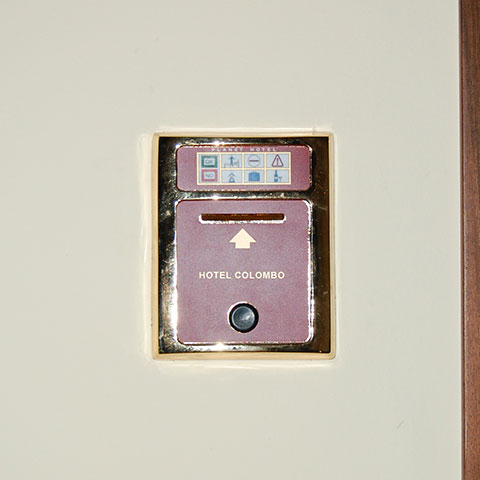Monastier di Treviso and surrounding areas
Origins
Monastier di Treviso is a small municipality in the south-east of Treviso province. That the Romans were here has been confirmed by numerous discoveries of the remains of flooring, bronzes and coins. The street layout appears to follow the ancient grid system. Historically, the first known settlements in the area were at the Pirense port, a small commercial port overlooking the lagoon across the Pero river and the Abbey of Santa Maria del Pero, built by the Benedictines on the site gifted to them by the German emperor Otto I in 958 ACE. The abbey, which was governed by the Patriarch of Aquileia, was originally dedicated to Saint Pietro but soon replaced by Our Lady of the Assumption. Between 1449 and 1479, the monastery went into a decline, involved in wars and sackings, but its fortunes returned when it passed to the congregation of Saint Justina of Padua. The Abbey continued its work until 1797 with the Napoleonic suppressions. Sequestered by the State Property Office, the building was abandoned, stripped bare. Only the church remained operational. In 1837, during Austrian rule, the monastery and much of its assets were sold to the noble Ninni family, who live there to this day. The town suffered severely during the first world war: Austrian shelling destroyed the church but the monastery was spared, perhaps because in use as a military hospital.
What to see
The area has extremely significant sights, such as the Benedictine monastery with the ruins of the Abbey of Santa Maria del Pero, the abbey church of Our Lady of the Assumption, and the sanctuary church of the Black Madonna in Pralongo. The Abbey is currently divided into four properties: the ancient cellars are still in use for wine production, the ‘Frutteto Antico’ (ancient orchards) have been reclaimed and in the space of the recovered Romanesque Cloisters, refectory and vat cellar, cultural events including exhibitions and shows are held. The area has also preserved many significant historic residences such as the Villa Albrizzi, Villa Collalto-Giustiniani, Villa Tramonti, and the Villa Ninni.










